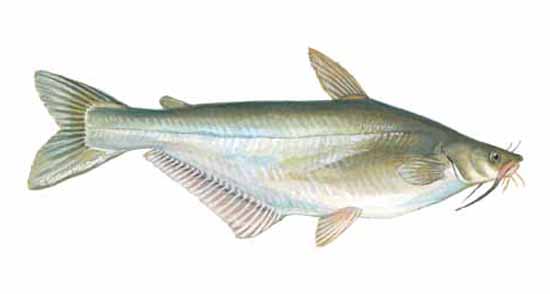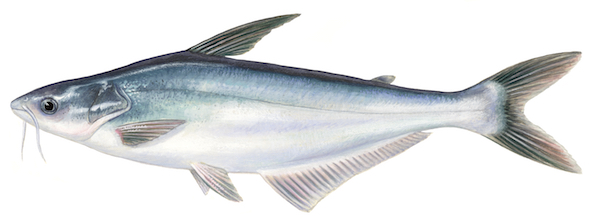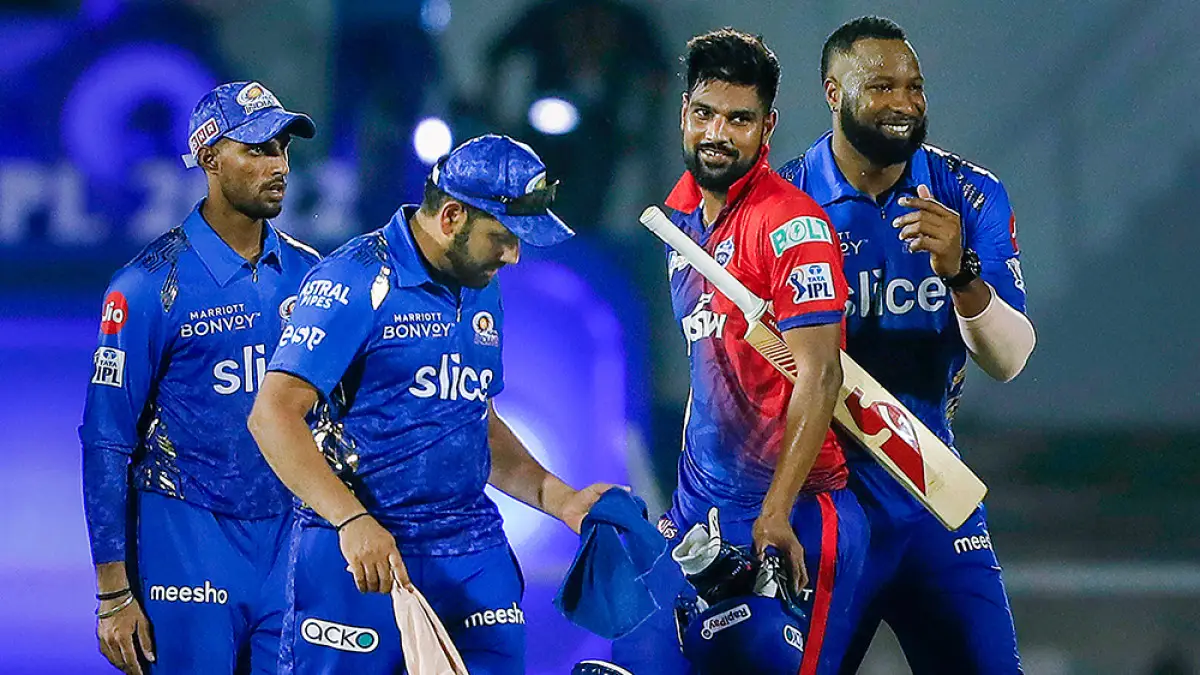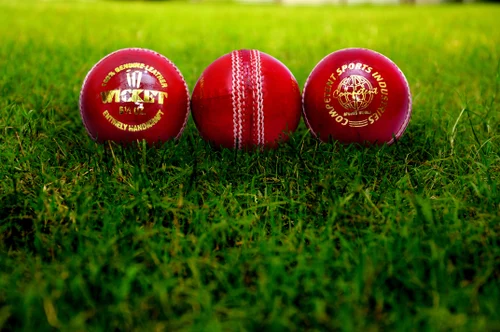What is Basa Fish Called in Marathi ?
Introduction
Basa fish, known for its mild flavor and versatility in the kitchen, is a popular choice among seafood lovers worldwide. While it goes by the name “Basa” in most English-speaking countries, it’s essential to know what this delicious fish is called in various languages to enhance our culinary experiences and promote cross-cultural understanding. In this article, we will explore what Basa fish is called in Marathi, one of the many languages spoken in India.
The Basa Fish
Before we dive into its Marathi name, let’s get better acquainted with Basa fish. Scientifically known as Pangasius bocourti, this freshwater fish belongs to the catfish family. Native to the Mekong River basin in Southeast Asia, Basa fish has gained immense popularity worldwide due to its mild taste and affordable price.
Basa fish is known for its white, flaky flesh and low fat content, making it a favorite for those looking for a healthy protein source. Its neutral flavor makes it an excellent canvas for various marinades, seasonings, and cooking methods, making it a versatile ingredient in a wide range of culinary dishes.
Basa Fish in Marathi
In Marathi, the language predominantly spoken in the Indian state of Maharashtra, Basa fish is known as “Basa Masa” (बासा मासे). The term “Masa” in Marathi translates to “fish,” and “Basa” remains relatively unchanged from its English counterpart.

In Maharashtra, Basa fish has gained popularity due to its availability and affordability in local markets. It has become a favorite choice for preparing various seafood dishes among the local population.
Culinary Uses of basa fish
Marathi cuisine boasts a rich tradition of seafood preparation, with a plethora of delicious recipes that feature Basa fish. This versatile fish is often used to make curries, fry dishes, or even grilled preparations. Marathi culinary enthusiasts enjoy incorporating Basa fish into traditional curries like “Tambda Rassa” and “Pandhra Rassa,” adding a unique twist to these regional favorites.
Moreover, the mild flavor of Basa fish makes it a great addition to fusion dishes. It can be used in various cuisines, including Indo-Chinese preparations, where it soaks up the flavors of the sauces and spices beautifully.
Health Benefits of basa fish
Basa fish is not only appreciated for its culinary versatility but also for its numerous health benefits. It is a rich source of lean protein, which is essential for muscle growth and repair. Additionally, it contains essential nutrients such as vitamins, minerals, and omega-3 fatty acids, which promote heart health and support overall well-being.
Other names for basa fish
Basa fish is also known by a number of other names, including:
- Pangasius
- Vietnamese cobbler
- River cobbler
- Swai
- Sutchi catfish
- Tra catfish
How to cook basa fish
Basa fish can be cooked in a variety of ways. Here is a simple recipe for grilled basa fish:
Ingredients:
- 1 pound basa fish fillets
- 1 tablespoon olive oil
- 1/2 teaspoon salt
- 1/4 teaspoon black pepper
Instructions:
- Preheat grill to medium-high heat.
- Brush basa fish fillets with olive oil and season with salt and pepper.
- Grill fish fillets for 3-4 minutes per side, or until cooked through.
- Serve immediately with your favorite sides.
Conclusion
In conclusion, Basa fish, known as “Basa Masa” in Marathi, is a highly sought-after ingredient in Indian cuisine, particularly in Maharashtra. Its mild flavor, affordability, and adaptability in various recipes have made it a beloved choice among seafood enthusiasts. Whether you’re preparing a traditional Marathi curry or experimenting with international flavors, Basa fish can be a delicious and nutritious addition to your culinary endeavors. So, the next time you explore the vibrant world of Indian cuisine, don’t forget to ask for “Basa Machli” in Marathi, and you’ll be on your way to savoring a delightful seafood dish.
FAQs
What is the Basa Fish Called in Marathi ?
In marathi Basa fish is known as “Basa Masa” (बासा मासे). The term “Masa” in Marathi translates to “fish,” and “Basa” remains relatively unchanged from its English counterpart.
What is the Indian name for basa fish ?
The Indian name for basa fish is Pangasius. It is a type of catfish that is native to the Mekong and Chao Phraya basins in Southeast Asia. Basa is a popular food fish in India and around the world. It is known for its mild flavor and firm texture.
What is another name for basa fish?
Basa fish is also known by a number of other names in India, including:
- River cobbler
- Swai
- Bocourti
- Pacific dory
- Patin
Is basa fish safe to eat in India ?
The answer largely depends on various factors, including the source, farming practices, and adherence to safety standards. While Basa fish has become a popular choice for its affordability and versatility, consumers must exercise caution when purchasing and preparing it. Choosing reputable suppliers, ensuring proper storage, and following recommended cooking guidelines can help mitigate potential safety concerns associated with Basa fish. Ultimately, with responsible sourcing and preparation, Basa fish can be enjoyed safely as part of India’s rich and diverse seafood cuisine.
What is the Basa Fish Called in English ?
Basa fish is also known as pangasius, swai, or bocourti in English. It is a type of catfish that is native to the Mekong and Chao Phraya rivers in Southeast Asia. Basa fish is a popular food source in many parts of the world, and it is often farmed to meet the high demand.
Is Basa Fish Healthy to Eat ?
Basa fish is a good source of protein and omega-3 fatty acids. It is also low in calories and fat. Protein is essential for building and repairing tissues, while omega-3 fatty acids are important for heart health and brain function.
Potential health benefits of basa fish :-
The high protein and omega-3 fatty acid content of basa fish may offer a number of health benefits, including:
- Reduced risk of heart disease
- Improved brain function
- Stronger bones and muscles
- Weight loss
- Better skin health




